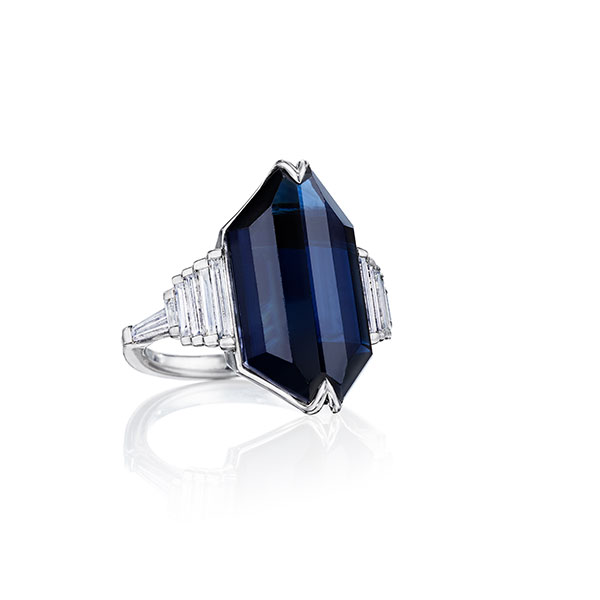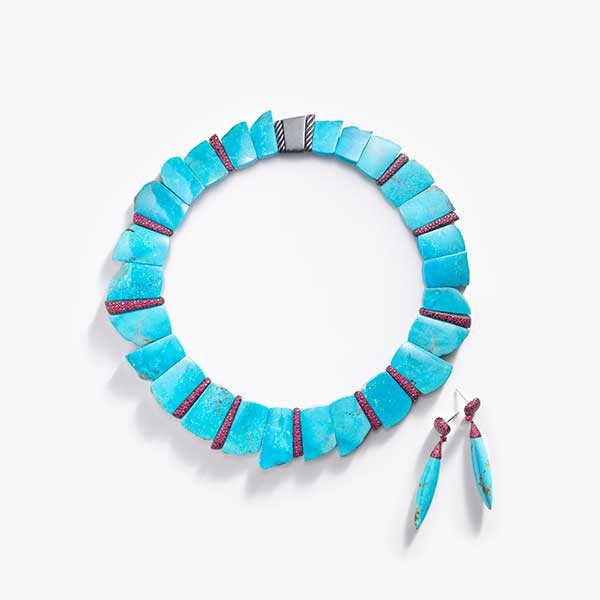AS DECEMBER APPROACHED, most jewelers were looking for some positive momentum in the lead-up.
Our November store data showed a slight increase in the right direction, with store comparative sales for the 12 months ending November 2019 showing an increase of 1.2% versus the same period a year prior. This might not be a figure that sets the world on fire, but given some of the recent stutters in results during 2019, it served as a promise of what might be to come.
Advertisement
Sales of $1.921 million were up $22,000 from 2019’s $1.899 million, and over $90,000 up from the 2017 figure of $1.829 million. Sales units of 5,957 were down 7% on 2018’s 6,376 items sold for the rolling 12-month period, with average retail price per item increasing 8% to $322 from $298. Markup held its own at 85%, resulting in the average store seeing gross profit rise 1.4% from $872,000 to $884,000.
As we often discuss, growing your profitability can be something of a juggling act between maximizing your margins and increasing the volume of sales you make. Improving your bottom line can seem like an “and/or” argument – if I increase my price will my sales volume go down or stay the same? If I lower my price will the sales volume go up or will it make no difference? At the extremes the answer is usually yes – a 50% increase in price is almost certain to reduce the number of sales you make. Likewise cutting your prices by 50% should increase quantities sold. The question however is will it be enough to make a difference? In many of these scenarios the increase in the positive aspect may not be enough to counter what you have lost at the other end.
Let’s look at the scenario of choosing between an increase of 1% in prices versus a 1% increase in volume. It’s important to understand they don’t both have the same impact on profitability as we’ll demonstrate with the scenario below.
Jane runs a profitable jewelry store with the following numbers:
Advertisement
Fixed costs per annum: $250,000 (rent, salaries etc.)
Variable costs: $65 per unit (freight, commissions, goods purchased, etc.)
Sales: $1 million
Volume = 10,000 units
The scenario above would result in a profit of $100,000.
Raising Volume by 1%
Now let’s say she increases the volume by 1%. The fixed costs would remain constant, but her total variable costs would go up to $656,500 due to the extra expense of selling the additional items.
Sales would be $1.01 million, which is the same as raising the price by 1% and holding the volume steady. By raising the volume by 1%, Jane would increase her profits by $3,500 or a 3.5% increase in profit.
Raising Price by 1%
Advertisement
What would happen if she raised the price by 1% instead while maintaining the current sales volume?
Sales would still be $1.01 million, an increase of $10,000. At this level the variable costs would remain constant ($650,000) because we just raised the price per unit and didn’t have to buy or sell more items.
Fixed costs would also remain the same. This would result in an increase in profit of $10,000 – a 10% increase in profit, a figure that is $6,500 better than just increasing sales volume by 1%.
So, if you’re weighing up a strategy to build your business profitability, it’s important to know that not all methods work the same. Given this information, it may be better to concentrate on a plan that increases margins while maintaining sales volume rather than looking to build volumes at the expense of margin.
Let's block ads! (Why?)
"Jewelry" - Google News
December 31, 2019 at 09:20AM
https://ift.tt/2rDLsxQ
Maybe You Don't Need to Sell More Jewelry After All - INSTORE MAG
"Jewelry" - Google News
https://ift.tt/2rkMtea
Shoes Man Tutorial
Pos News Update
Meme Update
Korean Entertainment News
Japan News Update











